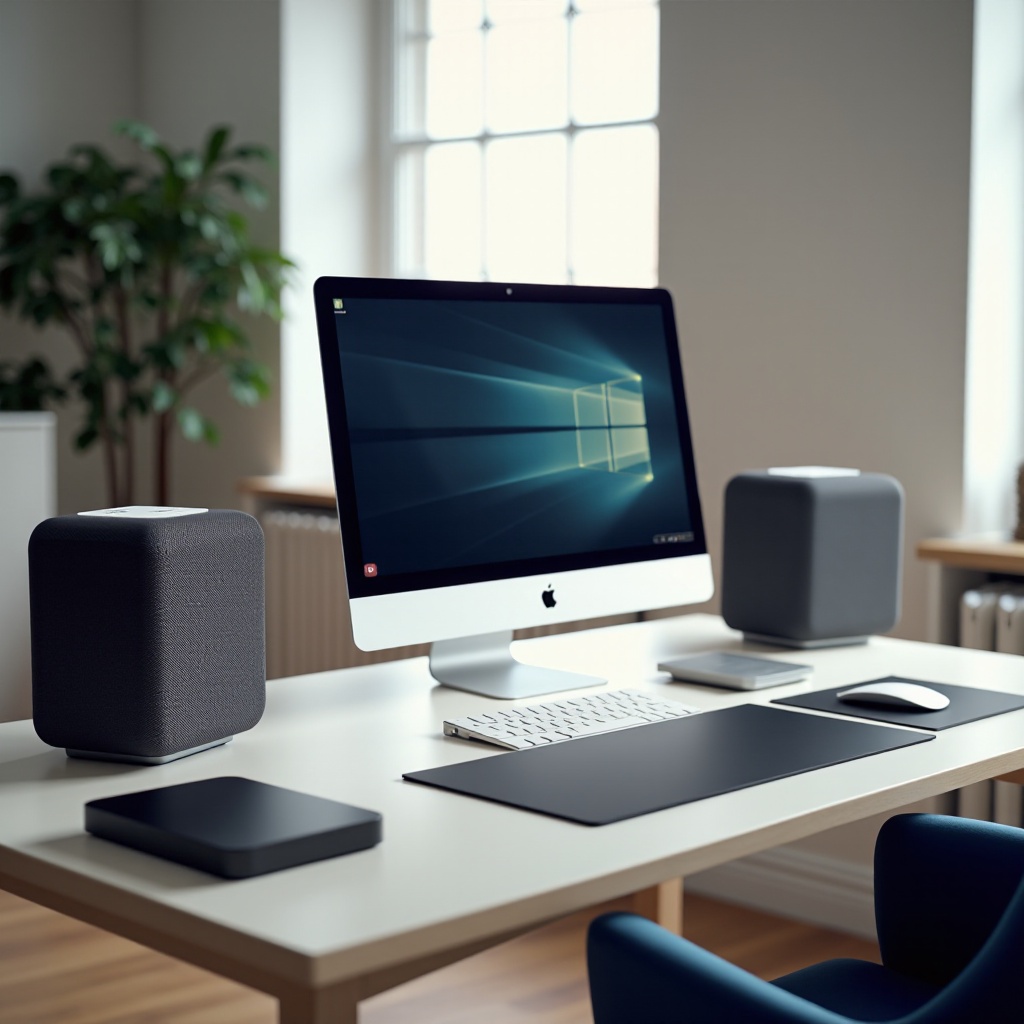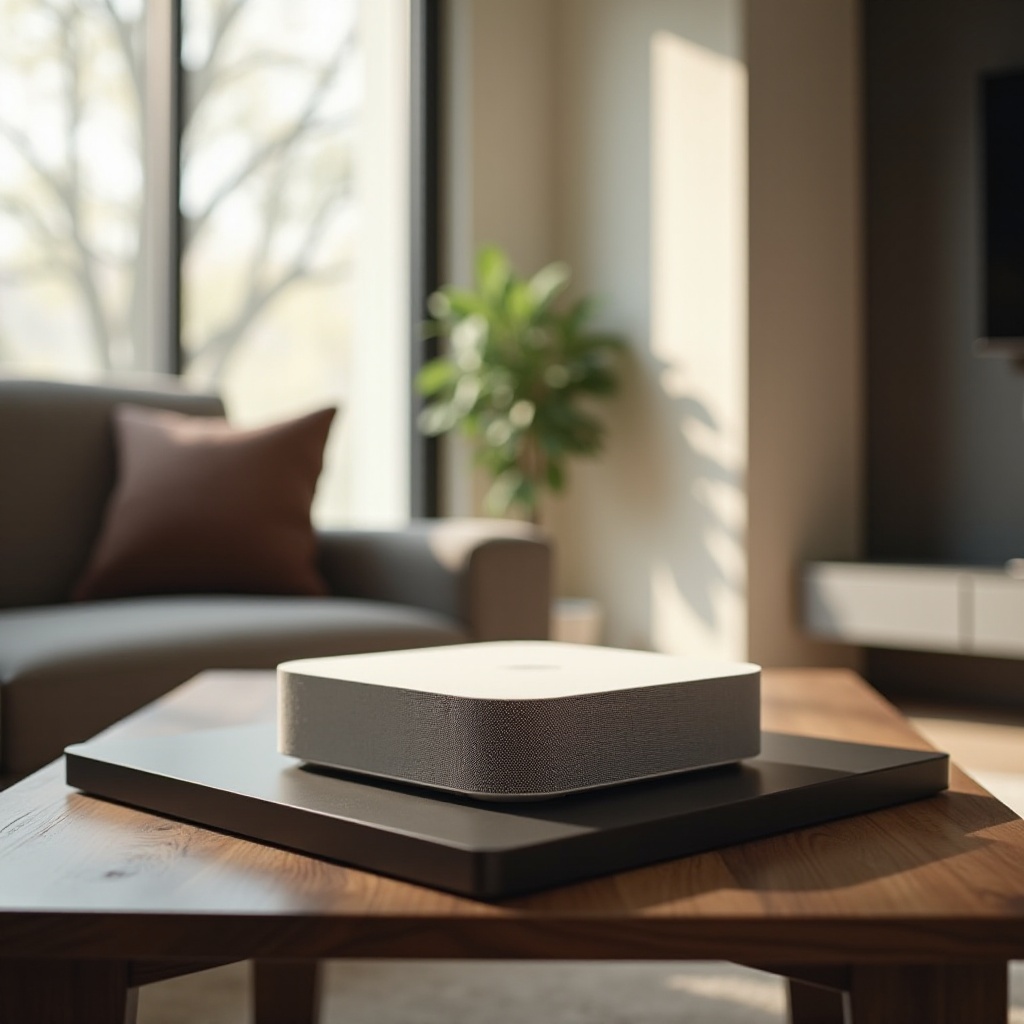How to Determine What Is Causing a PC Crash
Introduction
Dealing with a crashing PC can be incredibly frustrating. Whether you're in the middle of important work or gaming, sudden crashes disrupt your flow and productivity. Understanding the root cause of these crashes is vital for resolving them and preventing future issues. This guide will provide an in-depth look at how to diagnose and fix common causes of PC crashes.
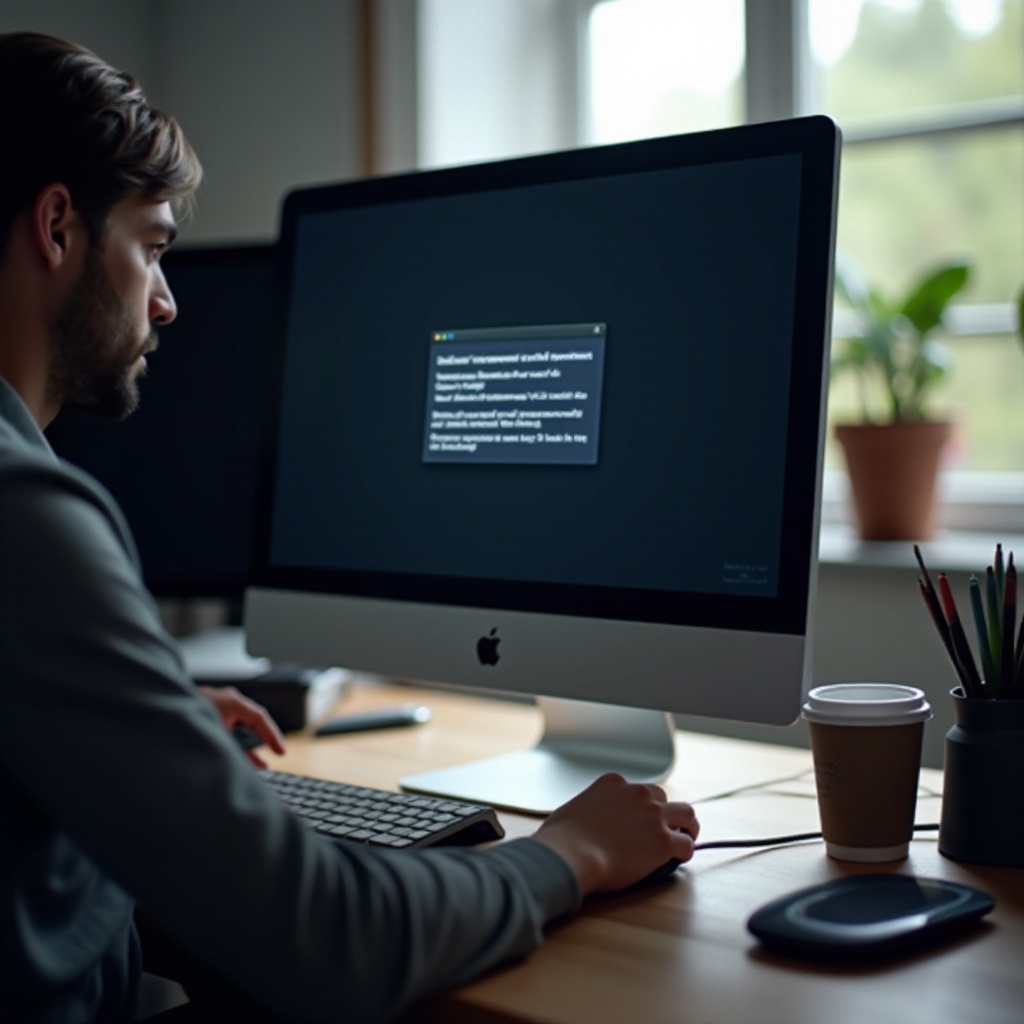
Identifying Software Issues
Software problems are one of the leading causes of PC crashes. From outdated drivers to malware, there are several areas to examine.
Outdated Drivers
Outdated drivers can create compatibility issues within your system, leading to crashes.
- Symptoms: Random crashes, screen flickering, or hardware not functioning properly.
- Solution: Regularly update your drivers. You can use the Device Manager to check for updates or visit the manufacturer's website to download the latest drivers.
Corrupted System Files
Corrupted system files can cause instability in your operating system.
- Symptoms: Blue Screen of Death (BSOD), sluggish performance, or failed boot-ups.
- Solution: Utilize built-in Windows tools like System File Checker (SFC) and Deployment Imaging Service and Management Tool (DISM). These tools scan for and repair corrupted files.
Malware and Viruses
Malware and viruses can wreak havoc on your PC, leading to frequent crashes.
- Symptoms: Unexpected pop-ups, slow performance, and unexplained files appearing on your system.
- Solution: Run a full system scan using reliable antivirus software. Ensure your antivirus is up-to-date to handle the latest threats.
Understanding the software side is crucial, but it's equally important to investigate potential hardware issues that could be the root cause of your PC crashes.
Investigating Hardware Problems
Hardware issues can significantly impact your system's stability. Here are some common hardware-related causes to look into.
Overheating
Overheating can lead to hardware failure, resulting in crashes.
- Symptoms: Sudden shutdowns, high fan activity, and system warnings about temperature.
- Solution: Use software like HWMonitor to keep track of your system temperatures. Ensure proper airflow inside the case and clean any dust buildup regularly.
Faulty RAM
Faulty RAM can cause crashes and data corruption.
- Symptoms: Random reboots, system freezes, and BSODs.
- Solution: Run a memory test using tools like MemTest86. If the test reveals errors, consider replacing your RAM modules.
Power Supply Issues
A failing power supply unit (PSU) can cause power fluctuations and crashes.
- Symptoms: PC won't start, random shutdowns, or restarts.
- Solution: Use a power supply tester to check the PSU's health. Replace it if it's failing or inadequate for your system's power needs.
Examining these hardware aspects is critical, but there are other potential issues you should consider as well to ensure a comprehensive diagnosis.
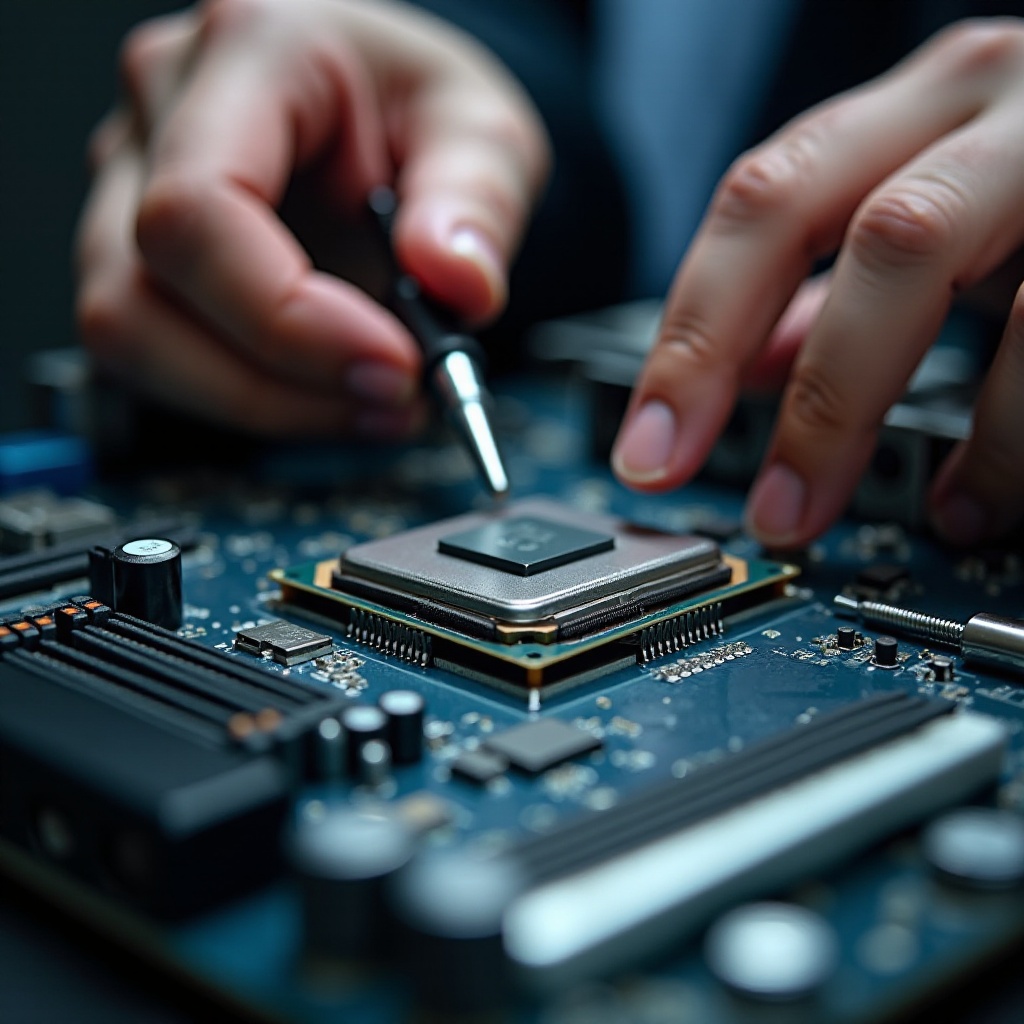
Diagnosing Other Potential Causes
Beyond the main software and hardware issues, there are other areas to investigate to prevent and fix PC crashes.
Hard Drive Failures
Hard drive failures can lead to data loss and system crashes.
- Symptoms: Clicking sounds, long loading times, and frequent system errors.
- Solution: Use diagnostic tools like CrystalDiskInfo to monitor your drive's health. Back up your data regularly and replace the hard drive if issues are detected.
Graphics Card Failures
Graphics card failures often cause crashes, especially during graphics-intensive tasks.
- Symptoms: Screen artifacts, crashes during gaming, and BSODs.
- Solution: Run a GPU stress test using tools like FurMark. If problems persist, consider updating drivers or replacing the graphics card.
Peripheral Devices
External devices can sometimes cause system instability.
- Symptoms: Crashes when specific peripherals are connected.
- Solution: Disconnect all peripherals and reconnect them one by one to identify the problematic device. Update or reinstall its drivers.
By thoroughly diagnosing these additional areas, you can ensure that you've covered all possible causes, leading to a more stable system. Prevention is also key to maintaining a healthy PC.
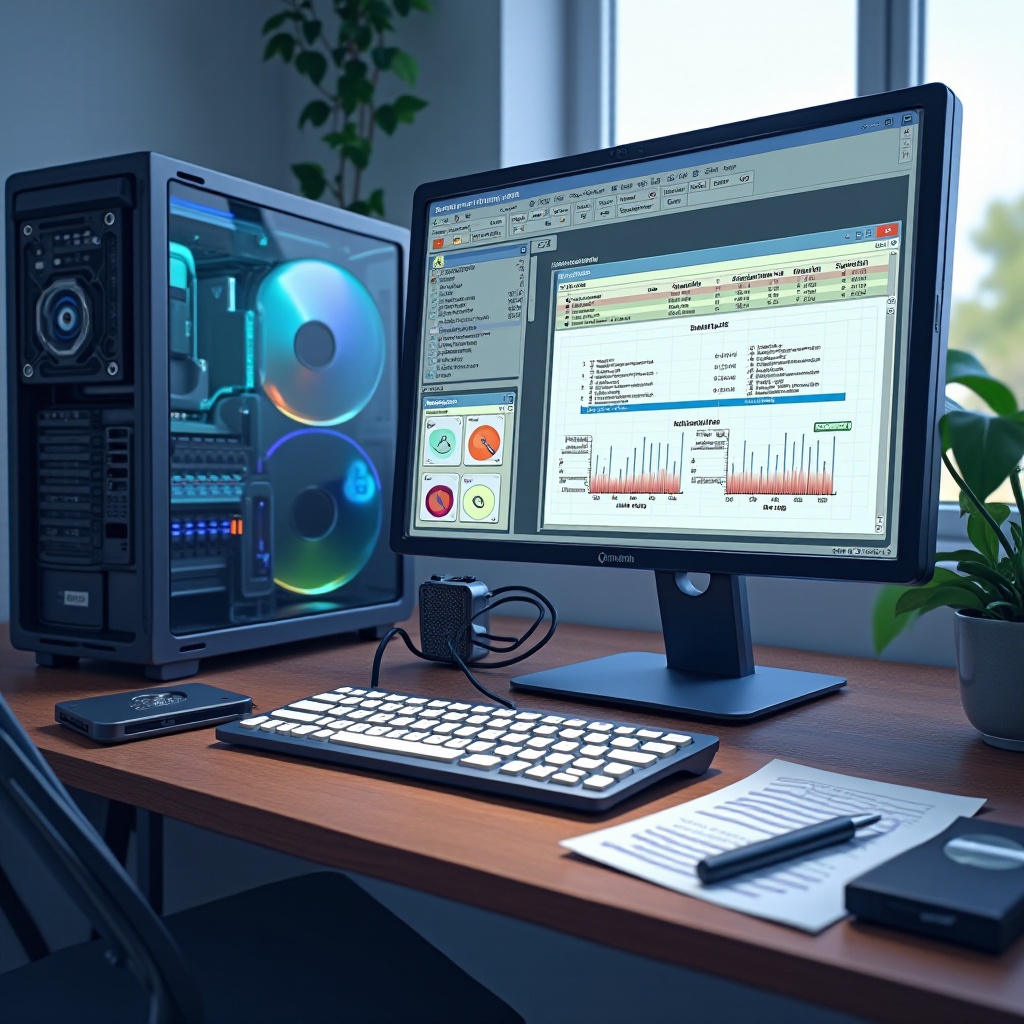
Preventative Measures and Best Practices
Taking preventative measures can help you avoid future crashes and keep your system running smoothly.
Regular Updates and Maintenance
Keep your system up-to-date and well-maintained.
- Tips:
- Regularly update your operating system and software.
- Clean your system physically and run antivirus scans routinely.
- Check for driver updates frequently.
Importance of Backups
Backing up your data ensures you won't lose valuable information during crashes.
- Tips:
- Use external drives or cloud storage services for backups.
- Schedule automatic backups to keep your data safe.
- Verify backups periodically to ensure data integrity.
Conclusion
Diagnosing and fixing a PC crash can be a complex process, but by systematically addressing both software and hardware issues, you can identify and resolve the root cause. Regular maintenance and preventative measures play a crucial role in ensuring your PC remains stable and performs optimally.
Frequently Asked Questions
How often should I update my drivers?
It’s best to check for driver updates once a month or after installing new hardware.
What temperature should my CPU and GPU be running at?
Ideally, keep your CPU under 70°C and your GPU under 85°C during heavy use.
How do I know if a recent software installation is causing crashes?
Uninstall the recent software to see if the crashes stop. Use System Restore to revert your system to a previous state.

